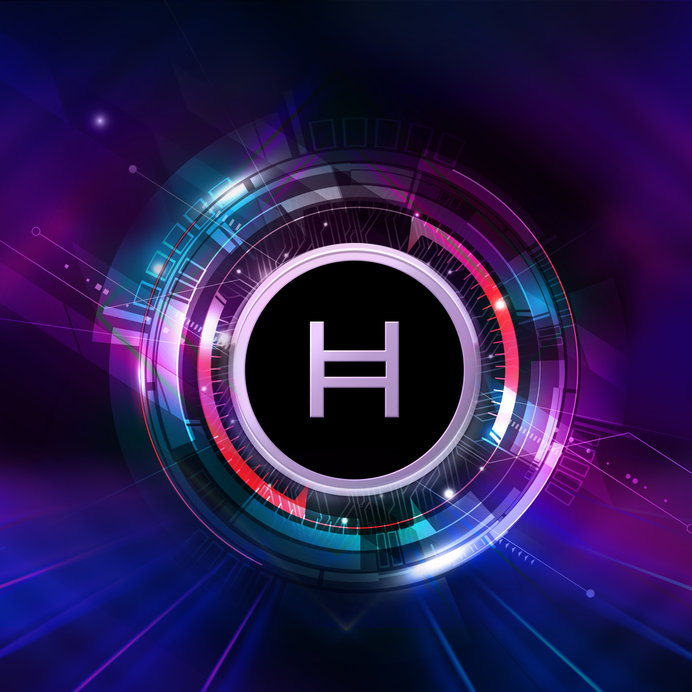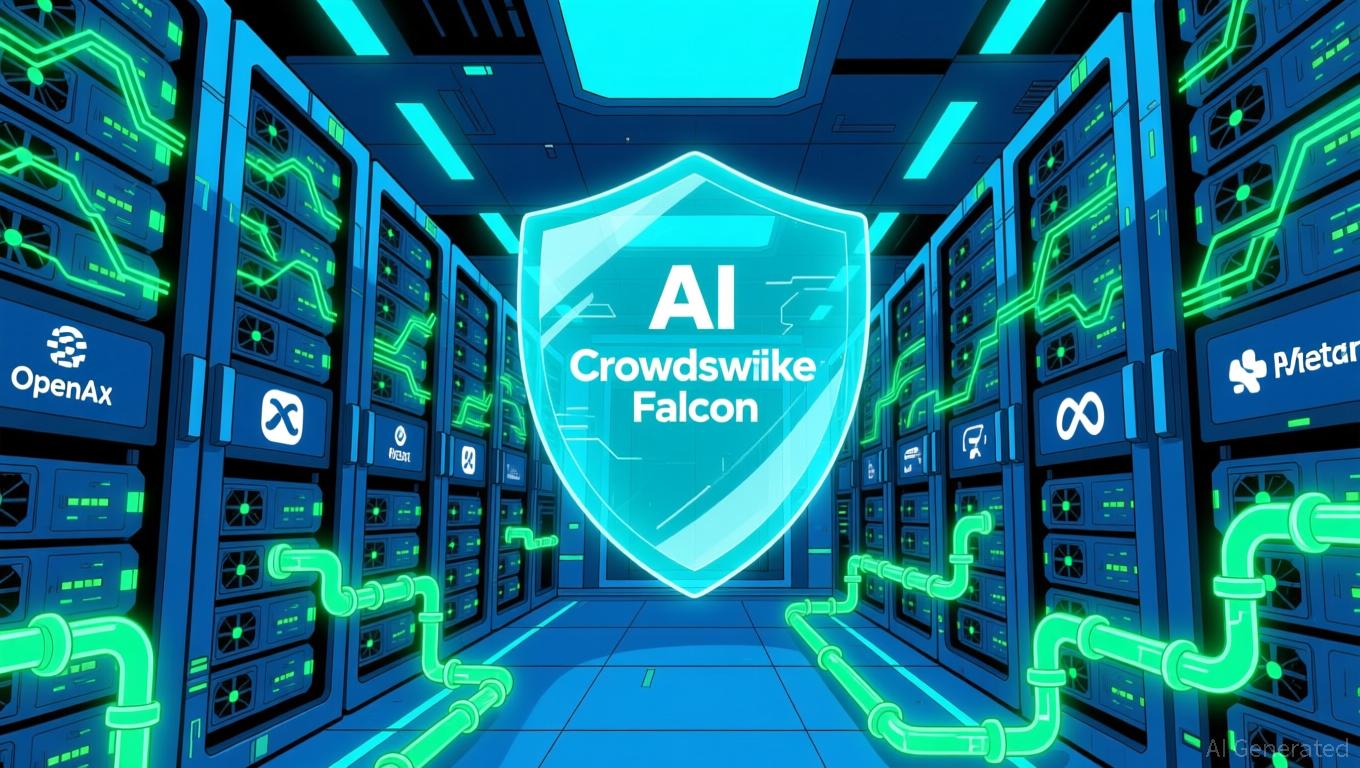The Rapid Rise of ZK Technology and Its Impact on the Cryptocurrency Market
- Zero-knowledge (ZK) technologies are reshaping blockchain infrastructure, enabling scalable, secure solutions for institutional adoption. - Partnerships like Mantle-Anchorage Digital and Deutsche Bank's Ethereum Layer 2 initiatives highlight ZK's role in bridging TradFi and DeFi compliance needs. - ZKsync's 43,000 TPS and StarkNet's $72M TVL growth demonstrate technological breakthroughs, with analysts projecting 60.7% CAGR to $90B by 2031. - Institutional validation from JPMorgan and venture funding for
Institutional Adoption: Connecting Traditional and Decentralized Finance
Interest from institutions in ZK Layer 2 solutions has grown rapidly, fueled by collaborations that tackle issues like custody, regulatory compliance, and capital efficiency. Mantle, an
On the

Technological Advancements: Pushing the Boundaries of Scalability
ZK Layer 2 protocols are setting new standards for blockchain scalability. For example, ZKsync’s Atlas upgrade reached 43,000 transactions per second (TPS) with almost zero fees through Airbender, as detailed in a
Polygon’s Rio upgrade aims for 5,000 TPS by October 2025, and its AggLayer CDK is designed for seamless cross-chain connections, further showcasing the industry’s drive for innovation, as mentioned in a
Market Performance: TVL, Trading Activity, and Token Trends
The ZK Layer 2 sector is showing tangible results, not just theoretical promise. StarkNet’s TVL tripled in Q3 2025, zkSync’s transaction fees jumped 694% week-over-week, and its governance token ZK hovered around $0.0611 with a $500 million market cap, as reported by
Experts forecast that the Layer 2 scaling market will expand at a 60.7% compound annual growth rate, reaching $90 billion by 2031, as stated in a
Analyst Insights: Institutional Endorsement and Long-Term Promise
Although there is no Q3 2025 report from Goldman Sachs, research from organizations such as Yellow.com and IndustryARC highlights ZK’s leading role in blockchain scalability. The adoption of ZK solutions by JPMorgan and Deutsche Bank for privacy and regulatory compliance further demonstrates the technology’s readiness for institutional use.
Venture capital is also backing this trend. Projects like
Future Outlook: The Rise of a ZK-Centric Ecosystem
The impact on the crypto market is significant. ZK Layer 2 solutions are more than just scaling mechanisms—they are transforming blockchain’s value proposition by enabling fast, low-cost transactions and robust security suitable for institutions. For investors, this opens up opportunities in:
1. Governance tokens (such as ZK, SNMI) as these protocols expand.
2. Infrastructure providers (like Mantle, Sonami) focusing on custody and interoperability.
3. Cross-chain liquidity networks (for example, Polygon’s AggLayer) that drive ecosystem-wide development.
As ZK technology continues to evolve, it is poised to become the foundation for both public blockchains and enterprise solutions, solidifying its place in the next era of the crypto industry.
Disclaimer: The content of this article solely reflects the author's opinion and does not represent the platform in any capacity. This article is not intended to serve as a reference for making investment decisions.
You may also like
Breaking: Michael Saylor’s Strategy Expands Bitcoin Holdings to 641,692 BTC
HBAR price surges as Hedera joins Google BigQuery for transparent data access

CoreWeave's AI Surge Reaches $55B in Orders, Yet $12B in Capital Spending and Debt Raise Concerns Over Profitability
- CoreWeave reported $1.36B Q3 revenue (134% YoY) and $55.6B backlog, driven by AI cloud demand. - Stock fell 3.68% despite $12B 2025 CapEx, $110M net loss, and CEO selling $5.7M shares. - Partnership with CrowdStrike aims to secure AI infrastructure, but investors question profitability. - 2026 CapEx forecast at $28B raises concerns about converting $55.6B backlog into cash flow.

Top 5 Cryptos Soaring as U.S. Government Shutdown Ends